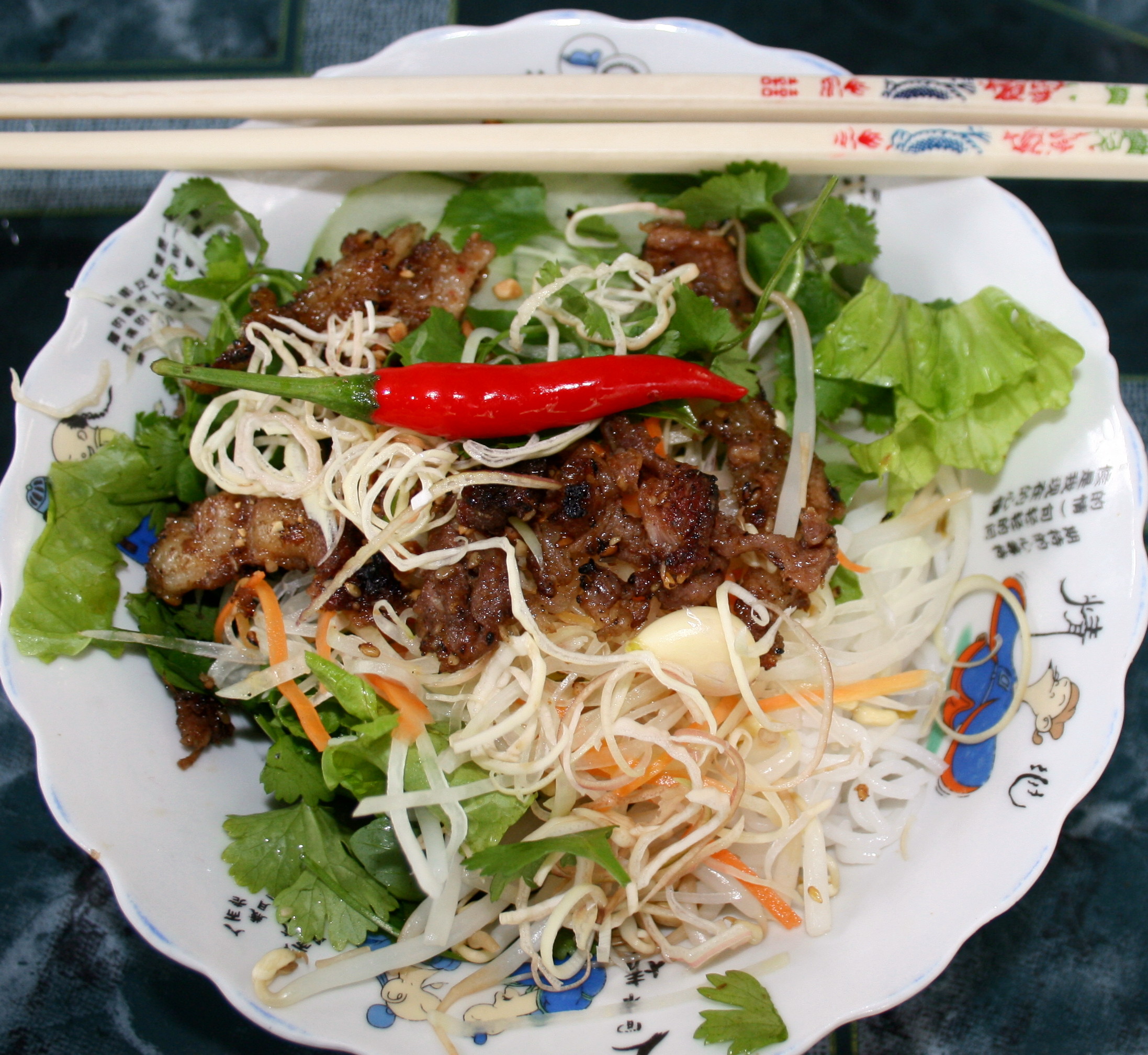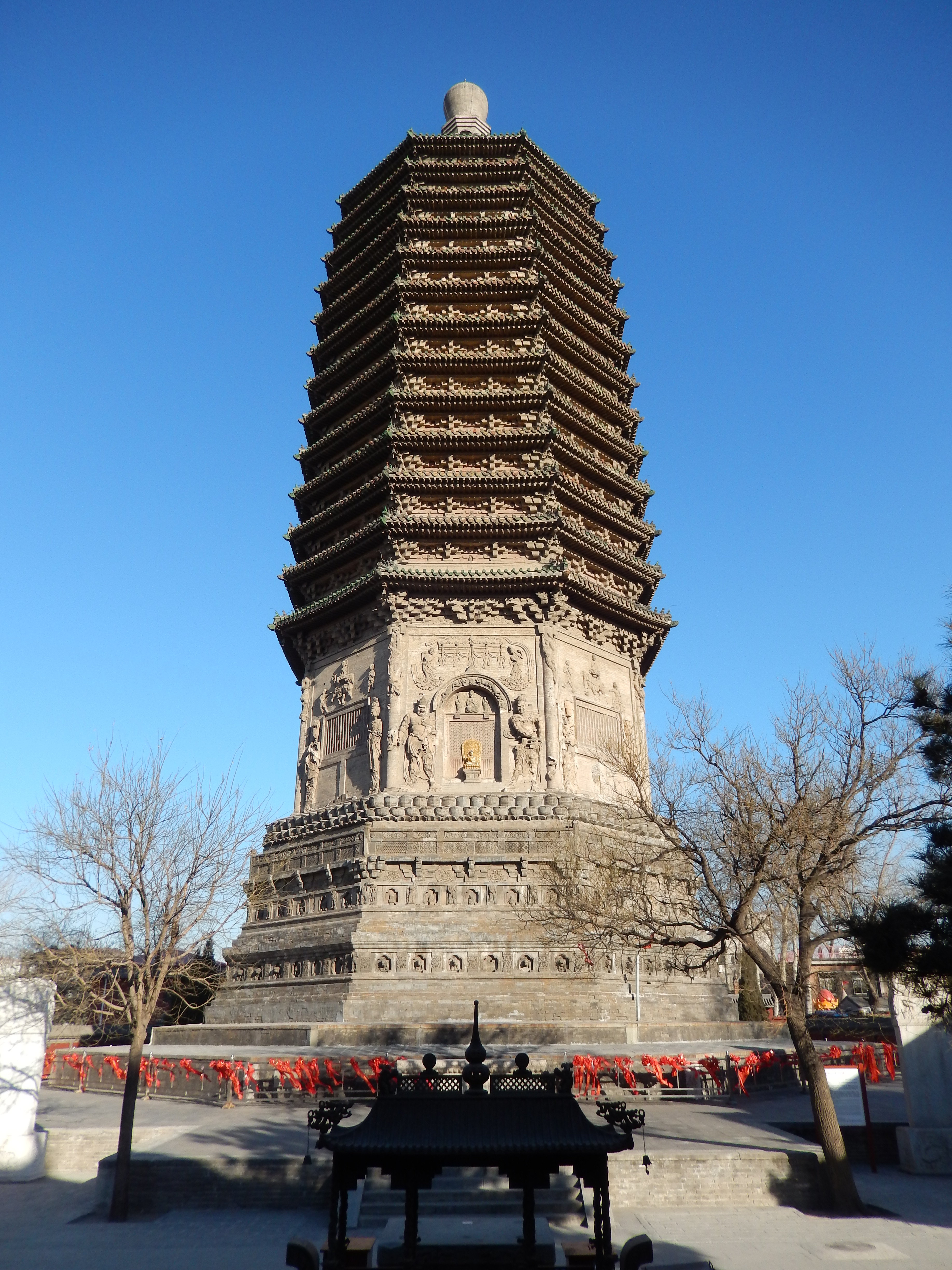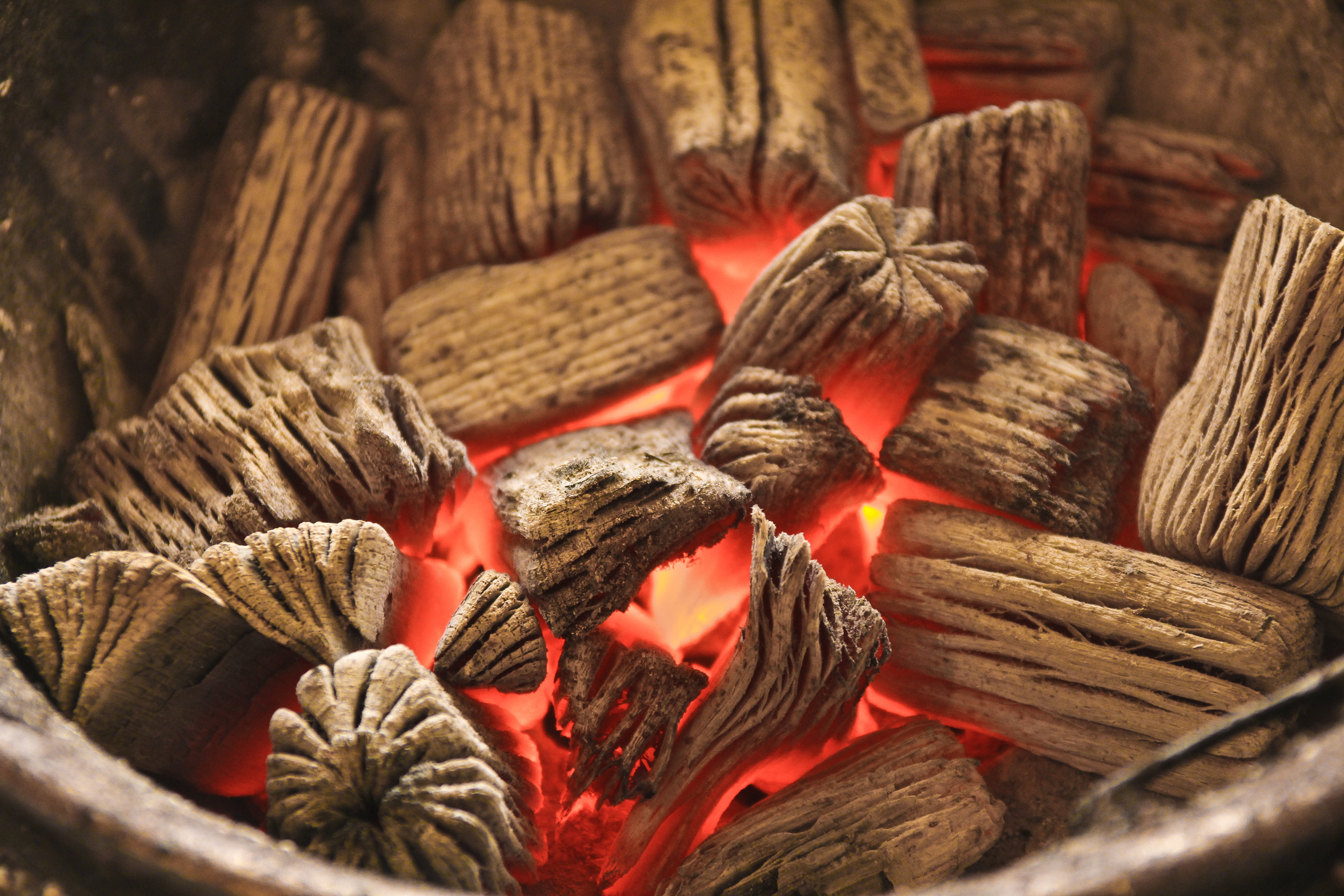|
Cold Noodles
Cold noodles are dishes typically made out of noodles, soy sauce, cucumber, and various other ingredients. They are commonly served at room temperature with a dipping sauce on the side. The methods and ingredients used to make cold noodles vary from country to country. Origins It is speculated that cold noodles first appeared in the Qin Dynasty of China. China Sichuan cold noodles Sichuan cold noodlesis a dish originating in Sichuan, China. The dish is unique in that baking soda is added to the noodles. The dish also includes Sichuan seasonings like paprika and chili oil. Guangyuan cold noodles Guangyuan cold noodles, originating in Sichuan, China, are made from rice instead of flour. Unlike other dishes, Guangyuan noodles can be served hot or cold. Shanghai cold noodles Shanghai cold noodles originating in ... [...More Info...] [...Related Items...] OR: [Wikipedia] [Google] [Baidu] |
Noodle
Noodles are a type of food made from unleavened dough which is either rolled flat and cut, stretched, or extruded, into long strips or strings. Noodles are a staple food in many cultures (for example, Chinese noodles, Filipino noodles, Indonesian noodles, Japanese noodles, Korean noodles, Vietnamese noodles, and Italian pasta) and made into a variety of shapes. While long, thin strips may be the most common, many varieties of noodles are cut into waves, helices, tubes, strings, or shells, or folded over, or cut into other shapes. Noodles are usually cooked in boiling water, sometimes with cooking oil or salt added. They are often pan-fried or deep-fried. Noodles are often served with an accompanying sauce or in a soup. Noodles can be refrigerated for short-term storage or dried and stored for future use. Etymology The word for noodles in English, was borrowed in the 18th century from the German word ''Nudel''. History Origin The earliest written record of noodle ... [...More Info...] [...Related Items...] OR: [Wikipedia] [Google] [Baidu] |
Beijing
} Beijing ( ; ; ), alternatively romanized as Peking ( ), is the capital of the People's Republic of China. It is the center of power and development of the country. Beijing is the world's most populous national capital city, with over 21 million residents. It has an administrative area of , the third in the country after Guangzhou and Shanghai. It is located in Northern China, and is governed as a municipality under the direct administration of the State Council with 16 urban, suburban, and rural districts.Figures based on 2006 statistics published in 2007 National Statistical Yearbook of China and available online at archive. Retrieved 21 April 2009. Beijing is mostly surrounded by Hebei Province with the exception of neighboring Tianjin to the southeast; together, the three divisions form the Jingjinji megalopolis and the national capital region of China. Beijing is a global city and one of the world's leading centres for culture, diplomacy, politics, financ ... [...More Info...] [...Related Items...] OR: [Wikipedia] [Google] [Baidu] |
Japan - Kanazawa - Pongyi Guesthouse - Nagashi-sōmen
Japan ( ja, 日本, or , and formally , ''Nihonkoku'') is an island country in East Asia. It is situated in the northwest Pacific Ocean, and is bordered on the west by the Sea of Japan, while extending from the Sea of Okhotsk in the north toward the East China Sea, Philippine Sea, and Taiwan in the south. Japan is a part of the Ring of Fire, and spans an archipelago of 6852 islands covering ; the five main islands are Hokkaido, Honshu (the "mainland"), Shikoku, Kyushu, and Okinawa. Tokyo is the nation's capital and largest city, followed by Yokohama, Osaka, Nagoya, Sapporo, Fukuoka, Kobe, and Kyoto. Japan is the eleventh most populous country in the world, as well as one of the most densely populated and urbanized. About three-fourths of the country's terrain is mountainous, concentrating its population of 123.2 million on narrow coastal plains. Japan is divided into 47 administrative prefectures and eight traditional regions. The Greater Tokyo Area is the most po ... [...More Info...] [...Related Items...] OR: [Wikipedia] [Google] [Baidu] |
Tensoba
Tensoba, or tempura soba, is a Japanese cuisine, Japanese dish of Soba, soba noodles and tempura. Overview There are two varieties of tensoba: one is served with a hot broth of and soy sauce; the other is served with cooled soba and dipped in (), either chilled or hot and usually strongly flavored. The dipping variety is also called or , depending on the soba shop or stand. Like , tensoba uses many kind of vegetable or seafood tempura, or (, using a mixture of vegetable or seafood bits). History Tensoba originated during the mid-Edo-period. It was first eaten as a hot broth soba with , using the adductor muscles of surf clams. At that time, shrimp-tempura soba was more expensive than other ingredients. So, shrimp-tempura-soba is also called () or . Regional variety There are some regional varieties for tensoba toppings. In Kantō region, Kanto and Kyushu, the soba shops often use (fried fish cake) or for tempura. These two fish cakes are sometimes batter-fried. Referen ... [...More Info...] [...Related Items...] OR: [Wikipedia] [Google] [Baidu] |
Soba
Soba ( or , "buckwheat") is a thin Japanese noodle made from buckwheat. The noodles are served either chilled with a dipping sauce, or hot in a noodle soup. The variety ''Nagano soba'' includes wheat flour. In Japan, soba noodles can be found in a variety of settings, from "fast food" places to expensive specialty restaurants. Markets sell dried noodles and '' men-tsuyu'', or instant noodle broth, to make home preparation easy. A wide variety of dishes, both hot for winter and cold for summer, uses these noodles. The amino acid balance of the protein in buckwheat, and therefore in soba, is well matched to the needs of humans and can complement the amino acid deficiencies of other staples such as rice and wheat (see protein combining). The tradition of eating soba arose in the Edo period. History of soba in Japan, development of eateries The tradition of eating soba originates from the Tokugawa period, also called the Edo period, from 1603 to 1868. In the Tokugawa period ... [...More Info...] [...Related Items...] OR: [Wikipedia] [Google] [Baidu] |
Mori Soba Of Fuji-soba
Mori is a Japanese and Italian surname, and also a Persian pet name for Morteza. It is also the name of two clans in Japan, and one clan in India. Italian surname * Barbara Mori, Uruguayan-Mexican actress * Camilo Mori, Chilean painter *Cesare Mori, Italian "Iron Prefect" * Claudia Mori, Italian actress, singer, television producer * Damian Mori, Italian-Australian football player * Daniele Mori (born 1990) Italian footballer *Fabrizio Mori, Italian hurdler * Federico Mori, Italian rugby union player *Francesco Mori, Italian painter * Lara Mori, Italian artistic gymnast *Manuele Mori, Italian professional road bicycle racer * Massimiliano Mori, Italian former professional road bicycle racer * Michael Mori, aka "Dan Mori", U.S. military lawyer *Miguel Mori, Argentine footballer *Nicolas Mori, Italian-English violinist * Paola Mori, Italian actress and aristocrat * Primo Mori, Italian professional road bicycle racer. * Ramiro Funes Mori and Rogelio Funes Mori, twin brothers ... [...More Info...] [...Related Items...] OR: [Wikipedia] [Google] [Baidu] |
Kong-guksu
''Kong-guksu'' * () or noodles in cold soybean soup is a seasonal Korean noodle dish served in a cold soy milk broth. In the Korean language, kong means soybean and guksu means noodles. It comprises noodles made with wheat flour and soup made from ground soybeans. It is unknown when Korean people started eating ''kongguksu''; however, in accordance with the mention of the dish along with ''kkaeguksu'' (깨국수, sesame noodle soup) in ''Siui jeonseo'', a Joseon cookbook published around the late 19th century, it is presumed to have originated at least as early as the 19th century. See also * Korean cuisine * Naengmyeon * Kalguksu ''Kal-guksu'' * (; ; ) is a Korean noodle dish consisting of handmade, knife-cut wheat flour noodles served in a large bowl with broth and other ingredients. It is traditionally considered a seasonal food, consumed most often in summer. Its n ... References External links Kongguksu recipeSoy Milk Noodle Soup (Kongguksu) 콩국수* ... [...More Info...] [...Related Items...] OR: [Wikipedia] [Google] [Baidu] |
Bibim-guksu
Bibim-guksu * () or spicy noodles, a cold dish made with very thin wheat flour noodles called '' somyeon'' (素麵) with added flavorings, is one of the most popular traditional noodle dishes in Korean cuisine and especially popular during summer. Name Bibim guksu is also called ''guksu bibim'' or ''goldong myeon'' which literally mean "stirred noodles" or "mixed noodles".Bibimguksu at Encyclopedia of Korean Culture Flavor There are many kinds of cold noodle dishes in , including one made with cold beef ; however, spicy cold noodles have historicall ...[...More Info...] [...Related Items...] OR: [Wikipedia] [Google] [Baidu] |
Korean Barbecue
Korean barbecue ( ko, 고기구이, ''gogi-gui,'' 'meat roast') is a popular method in Korean cuisine of grilling meat, typically beef, pork or chicken. Such dishes are often prepared on gas or charcoal grills built into the dining table itself. Some Korean restaurants that do not have built-in grills provide customers with portable stoves for diners to use at their tables. Alternatively, a chef uses a centrally displayed grill to prepare dishes that are made to order. The most representative form of ''gogi-gui'' is '' bulgogi,'' usually made from thinly sliced marinated beef sirloin or tenderloin. Another popular form is ''galbi,'' made from marinated beef short ribs. However, ''gogi-gui'' also includes many other kinds of marinated and unmarinated meat dishes, and can be divided into several categories. Korean barbecue is popular in its home country, but has also gained popularity worldwide. History Korean BBQ was founded between 37 B.C. to 668 A.D. It was initially called ... [...More Info...] [...Related Items...] OR: [Wikipedia] [Google] [Baidu] |
Kong-guksu 4
''Kong-guksu'' * () or noodles in cold soybean soup is a seasonal Korean noodle dish served in a cold soy milk broth. In the Korean language, kong means soybean and guksu means noodles. It comprises noodles made with wheat flour and soup made from ground soybeans. It is unknown when Korean people started eating ''kongguksu''; however, in accordance with the mention of the dish along with ''kkaeguksu'' (깨국수, sesame noodle soup) in ''Siui jeonseo'', a Joseon cookbook published around the late 19th century, it is presumed to have originated at least as early as the 19th century. See also * Korean cuisine * Naengmyeon * Kalguksu References External links Kongguksu recipeSoy Milk Noodle Soup (Kongguksu) 콩국수* Kongguksu recipe ''Kong-guksu'' * () or noodles in cold soybean soup is a seasonal Korean noodle dish served in a cold soy milk broth. In the Korean language, kong means soybean and guksu means noodles. It comprises noodles made with wheat flour a ... [...More Info...] [...Related Items...] OR: [Wikipedia] [Google] [Baidu] |
Buckwheat
Buckwheat (''Fagopyrum esculentum''), or common buckwheat, is a flowering plant in the knotweed family Polygonaceae cultivated for its grain-like seeds and as a cover crop. The name "buckwheat" is used for several other species, such as '' Fagopyrum tataricum'', a domesticated food plant raised in Asia. Despite its name, buckwheat is not closely related to wheat. It is not a cereal, nor is it even a member of the grass family. Buckwheat is related to sorrel, knotweed, and rhubarb, and is known as a pseudocereal because its seeds' culinary use is the same as cereals, owing to their high starch content. Etymology The name "buckwheat" or "beech wheat" comes from its triangular seeds, which resemble the much larger seeds of the beech nut from the beech tree, and the fact that it is used like wheat. The word may be a translation of Middle Dutch ''boecweite'': ''boec'' (Modern Dutch ''beuk''), "beech" (see PIE *''bhago''-) and ''weite'' (Mod. Dut. ''tarwe'', antiquated Dut. ' ... [...More Info...] [...Related Items...] OR: [Wikipedia] [Google] [Baidu] |
Naengmyeon
Naengmyeon * (, in South Korea) or raengmyŏn (, in North Korea) is a noodle dish of North Korean origin which consists of long and thin handmade noodles made from the flour and starch of various ingredients, including buckwheat (메밀, ''memil''), potatoes, sweet potatoes, arrowroot starch (darker color and chewier than buckwheat noodles), and kudzu (, ). Buckwheat predominates (despite the name, it is not a wheat but rather is more closely related to sorrel). Other varieties of naengmyeon are made from ingredients such as seaweed and green tea. In modern times, the ''mul naengmyeon'' (물 냉면) variant is commonly associated with and popularly consumed during the summer, however, it was historically a dish enjoyed during winter. History According to the 19th-century documents of '' Dongguksesigi'' (), ''naengmyeon'' has been made since the Joseon Dynasty. Originally a delicacy in northern Korea, especially in the cities of Pyongyang () and Hamhung (), ''naengmy ... [...More Info...] [...Related Items...] OR: [Wikipedia] [Google] [Baidu] |







